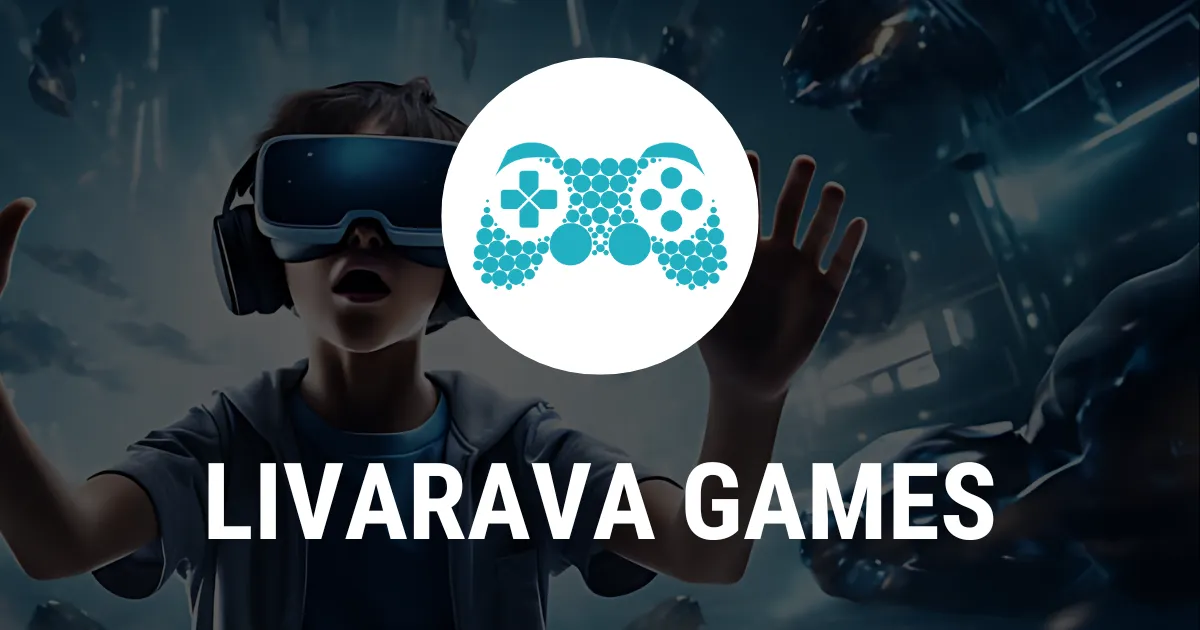Ray Tracing and Its Role in Triple-A Game Development

Ray Tracing and Game Performance
Ray tracing has initiated a significant transformation in the rendering landscape of triple-A games. However, to achieve acceptable frame rates, developers often revert to upscaling and frame generation techniques. This ongoing relationship raises essential questions about graphical integrity and player experience.
The Integration of Upscaling
Upscaling complements ray tracing by participating in the graphics pipeline, enhancing visual fidelity while minimizing performance hits. This method can be deemed beneficial in many scenarios where maximizing frame rates is crucial.
Frame Generation: A Double-Edged Sword
Frame generation presents a compelling solution but may compromise visual quality. The gaming industry must carefully evaluate its use alongside ray tracing to ensure consistent gameplay fluidity. As developers implement these technologies, prioritizing player experience remains critical.
This article was prepared using information from open sources in accordance with the principles of Ethical Policy. The editorial team is not responsible for absolute accuracy, as it relies on data from the sources referenced.